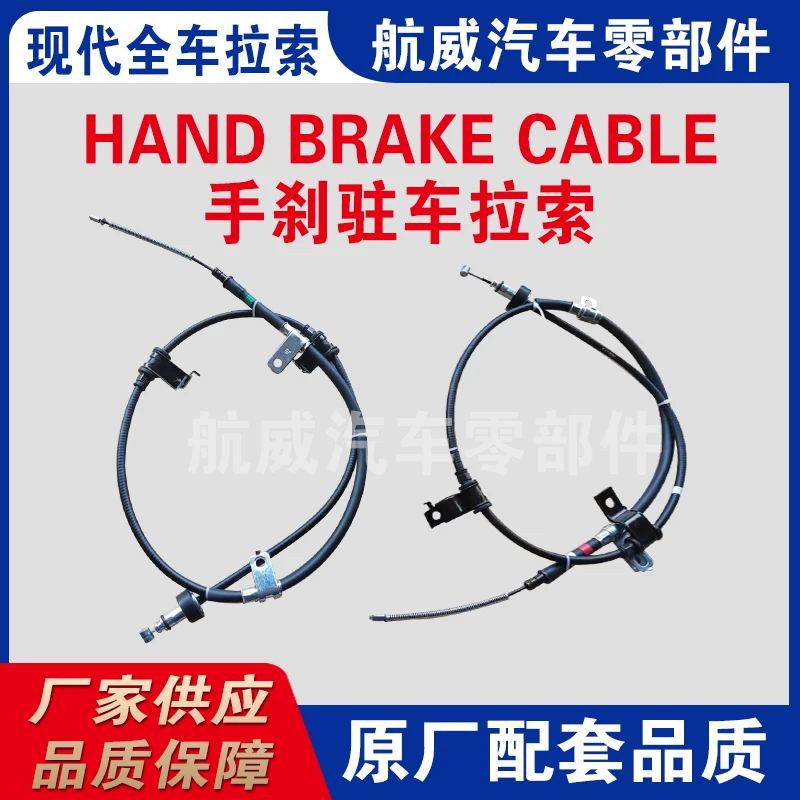Understanding the Functionality of Push Pull Throttle Control Cables in Machines
Understanding Push-Pull Throttle Cables Mechanics and Applications
In the realm of mechanical engineering, various components work together seamlessly to create efficient systems that power our vehicles and machinery. One such essential component is the push-pull throttle cable. This simple yet crucial device allows operators to control the speed and power output of engines in a variety of applications, from motorcycles and boats to lawn mowers and industrial machinery.
What Is a Push-Pull Throttle Cable?
A push-pull throttle cable is essentially a flexible cable that transmits mechanical force from a control lever or pedal to the throttle mechanism of an engine. The cable consists of an inner wire encased in an outer casing. When the user pulls on the cable, the inner wire moves within the outer casing, pulling a throttle valve open and allowing more air and fuel into the engine. Conversely, pushing on the cable will close the valve, reducing the engine's power output.
The design is quite ingenious; it allows for smooth operation and precise control while also accommodating the often harsh conditions in which these cables operate. The cable must withstand tension, bending, and environmental factors, making the materials used in its construction particularly important.
Key Components of a Push-Pull Throttle Cable
1. Inner Wire Typically made from high-strength steel, the inner wire is responsible for transferring the pulling and pushing forces generated by the operator to the throttle mechanism.
2. Outer Casing This protects the inner wire from dirt, moisture, and wear while providing structural support. It's often made from durable materials such as nylon, which also allows for smooth movement.
3. Adjustment Mechanisms Many throttle cables include adjusters or quick-release mechanisms. These are vital for tuning the cable length and ensuring optimal performance, particularly in applications where precise throttle control is critical.
4. Connecting Hardware Connectors at each end of the cable allow for easy installation and removal while ensuring a secure connection to both the throttle lever and the engine.
Applications of Push-Pull Throttle Cables
push pull throttle cable

Push-pull throttle cables are extensively used in many applications, each taking advantage of their ability to provide reliable control over engine performance
. Here are some common applications1. Motorcycles and Scooters In two-wheeled vehicles, the throttle cable connects the handlebar-mounted throttle grip to the carburetor or electronic throttle body, allowing riders to control acceleration smoothly.
2. Boats Many marine engines utilize push-pull throttle cables to manage power output while ensuring safety and responsiveness on the water.
3. Lawn and Garden Equipment In lawn mowers, snow blowers, and other powered garden tools, throttle cables direct engine speed to match the task at hand, enhancing both efficiency and durability.
4. Automotive Although modern vehicles are increasingly relying on electronic throttle control systems, some older models and specialty vehicles still use traditional push-pull cables for throttle control.
5. Industrial Machinery In factories and construction sites, various types of machinery employ throttle cables as part of their controls, ensuring operators have direct and responsive access to the engine’s power output.
Maintenance and Troubleshooting
While push-pull throttle cables are designed for durability, they can wear down over time due to constant use, exposure to the elements, and physical stress. Regular maintenance is essential to ensure smooth operation. This includes checking for frayed wires, lubrication of the inner cable, and inspection of the outer casing for cracks or splits.
Common issues might include sticking or unresponsive throttles, which can often be traced back to cable misalignment or dirt accumulation within the housing. Regular cleaning, lubrication, and periodic adjustments will mitigate these problems and enhance the lifespan of the cable system.
Conclusion
In conclusion, the push-pull throttle cable is a remarkable example of mechanical simplicity and efficiency, fundamentally enhancing the functionality of many machines and vehicles we rely on today. Understanding its components, applications, and maintenance needs not only empowers users but also ensures that systems remain operational and safe. As technology advances, it will be fascinating to see how this humble cable evolves to meet future demands and challenges in engineering.
-
Upgrade Your Control with Premium Throttle CablesNewsAug.08,2025
-
Stay in Control with Premium Hand Brake CablesNewsAug.08,2025
-
Experience Unmatched Performance with Our Clutch HosesNewsAug.08,2025
-
Ensure Safety and Reliability with Premium Handbrake CablesNewsAug.08,2025
-
Enhance Your Vehicle with High-Performance Clutch LinesNewsAug.08,2025
-
Elevate Your Ride with Premium Gear CablesNewsAug.08,2025
